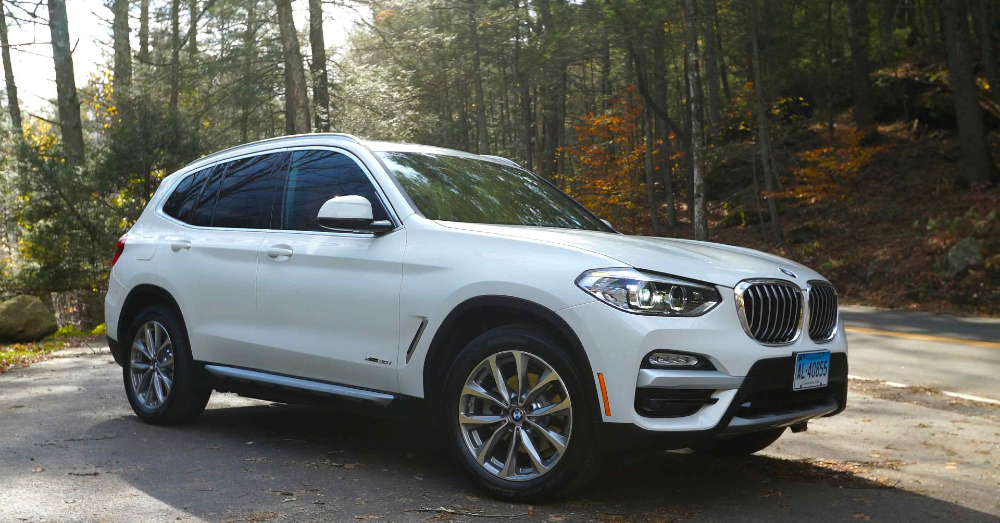The simple answer to what needs to happen to ease the car market is that we need to give automakers time.
While we might never see the same inventory levels at dealership lots as what we saw prior to the pandemic striking the world, The levels we saw in the past few months were the lowest it’s been since the global financial crisis of 2008. Thankfully, it seems the auto industry will recover much faster this time than the last time we saw the meager inventory levels strike the automotive world.
Did We See a Forced Economic Change?
Not long ago, several predictions were made that the peak of new car sales would be reached before 2020. Although automakers were prepared for the demand to drop, no one could have predicted a virus would shut down the entire world for a period of time. Another event that was unprecedented and unpredictable was the shortage of semiconductor chips, which continues today. These events might have forced a shift in the automotive world that might be the reset needed in the industry, but that doesn’t mean the demand for new vehicles is being met.
How Did Automakers Prepare for an Economic Shift?
If you look at the US market and the various model lineups offered in the car market, you can see the shift that has already taken place. You’ll notice Ford, GM, and Chrysler have all moved away from most, if not all, of the passenger cars. This was in favor of the SUVs and trucks that have become more popular and are more profitable for these automakers. These three aren’t the only brands that cut their model lineups, but they are the companies that did so in a way that was far more dramatic than some of the foreign brands.
Some will say the deletion of sedans and small cars were to prepare for the addition of electric vehicles, but we haven’t gotten extremely far into the EV world just yet. Electric vehicle sales didn’t even make up five percent of the total vehicles sold in the US last year, which means the changes could partially have been to prepare for EVs, but we haven’t realized a complete change yet. No, the shift in the auto market was predicted, but not because of a pandemic, but because there would eventually be a maximum number of new cars that could be sold.
Production Lines are More Dynamic Than Ever
Automakers won’t allow us to give them time, and it would be impossible to ask the entire country to stop buying cars to allow them to catch up. Instead of this, many automakers have found a way to adapt to the tight supply of microchips to keep the production lines moving. Restoration of semiconductor manufacturing in Asia allows some easing of the chip shortage much sooner than expected. Even so, there’s a lot of catching up to do, and many automakers have come up with a better approach to ensuring the chips are put in the right vehicles when they arrive at the assembly plants.
Which Areas of the Market Will Return First?
The car market is an interesting organism that seems to have its own heartbeat. We know that SUVs and trucks are the most popular vehicles in the US market right now, but something happened during the summer that caused sedans to be sold in higher numbers than in the spring. The summer of 2021 was when the chip shortage hit hardest, and most of the SUVs and trucks were sold quickly. This left some sedans on the dealership lots that had been sitting there for a while.
Dealers were able to sell many of the sedans that were just waiting to be chosen, but with the chip shortage continuing, most automakers are looking at higher profit vehicles to build first, which leaves the sedans for last. Does this mean we might not see enough Toyota Camry models to buy? Could we lose some of the models in the market, such as the Nissan Versa? It’s possible that some automakers might delete some of the sedans from the lineup to focus on the SUVs and trucks that bring them more profits per vehicle.
Where Are the Inventory Numbers?
While we aren’t going to go over all of the brands and what their inventory numbers are, we can go over a few:
- Honda had an inventory of 59,800 vehicles on dealership lots as of December 1, 2021, which is an 83 percent drop from the 346,100 models that were on the lots as of December 1, 2019.
- Toyota has similar issues when it comes to the inventory on the lots, with a 75 percent decline in numbers during the same time period. This means only 17 days of inventory at Toyota versus 59 days of inventory prior to the pandemic
- Ford might not show as much of a decline in inventory numbers, but they are still significant. As of December 1, 2021, Ford had 214,800 models at dealerships which is a 66 percent reduction compared to the same date in 2019 when 633,000 models were sitting on the lots
These numbers are starting to improve, but as mentioned, it’s going to take time for the car market to return to normal or whatever version of normal we are going to have for the future.
What Should You Do?
If you’re expecting the recovery of the car market to bring prices back down, don’t hold your breath. There will likely be a slight drop in the price you see of vehicles, but right now, the average price of new and used vehicles is at an all-time high. This is partly because of the supply/demand factor and partly because of more expensive models being available when more affordable vehicles are not. If you wait a few months, prices might come down a bit, but they aren’t likely to ever return to pre-pandemic levels, which is what we expect of inventory levels as well.




